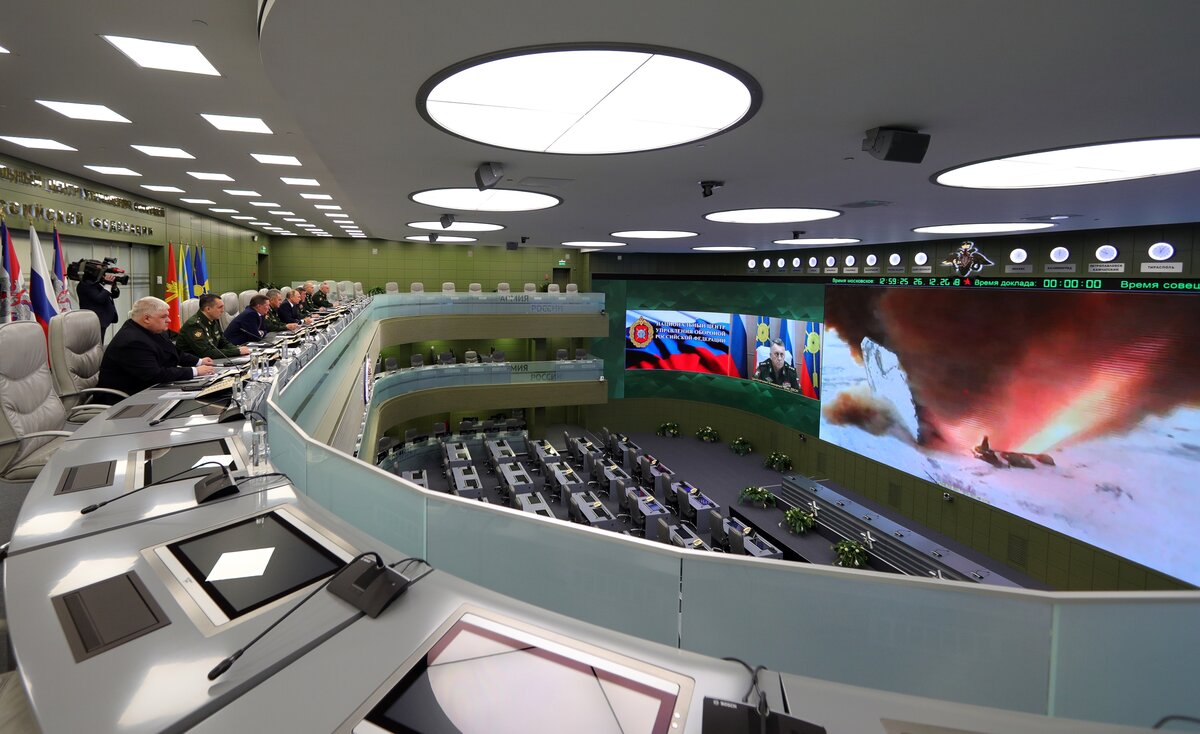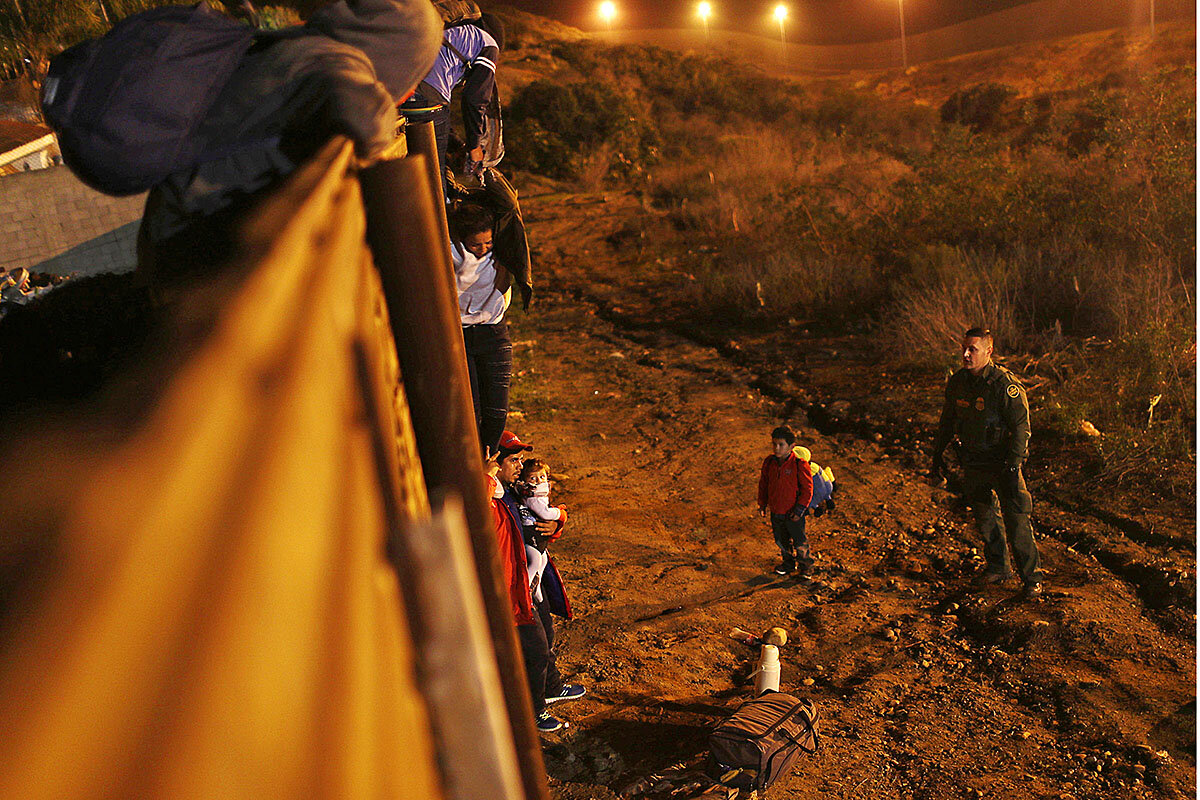What do the Syria and Afghanistan withdrawals, coupled with James Mattis’s hastened departure, mean? Likely sharper challenges to traditional US alliances and global leadership.
Monitor Daily Podcast
- Follow us:
- Apple Podcasts
- Spotify
- RSS Feed
- Download
 Noelle Swan
Noelle Swan
If the term “therapy animal” brings to mind pet owners trying to sneak furry friends onto airplanes, you never met Murray the Owl.
Alexander Goodwin first met Murray while undergoing cancer treatments.
“He was just this little bundle of joy running about,” says Alex, now a beaming 11-year-old. “And he made me laugh, and he made me cry because of happiness – both of them at the same time.”
Murray and Alex found each other through a program called Hack Back CIC in Britain, where Alex lives. Founder Anita Morris is a psychologist who uses birds of prey in her unique practice.
“You can only work with a bird of prey through a bond of trust,” says Ms. Morris.
An ever-growing menagerie of animals are making forays into the therapeutic space. Hippotherapy horses help children with special needs find coordination, balance, and trust. In some British nursing homes, hens are helping combat loneliness and anxiety.
That these critters have healing powers shouldn’t be much of a surprise.
Any pet lover knows that animals can be fonts of love and affection. Nearly three-quarters of pet owners say their animals boost their mental health.
For Alex, Murray’s greatest gift was offering something positive to look forward to. “It was confirmation that he did have a future,” Morris says.
Today, Alex’s future looks particularly bright. He is cancer-free and growing stronger every day.
Next year he expects to earn his falconry certification. When he grows up, “I hope to start my own campaign to save owls and other animals – so they don’t go extinct.”
Now on to our five stories for today, featuring a Supreme Court practicing measured restraint, refugees caught in a “virtuous circle” of mutual assistance, and a community that breathed life back into a dead river.










